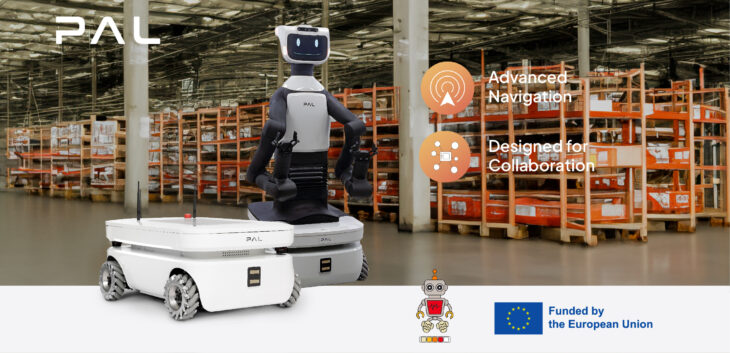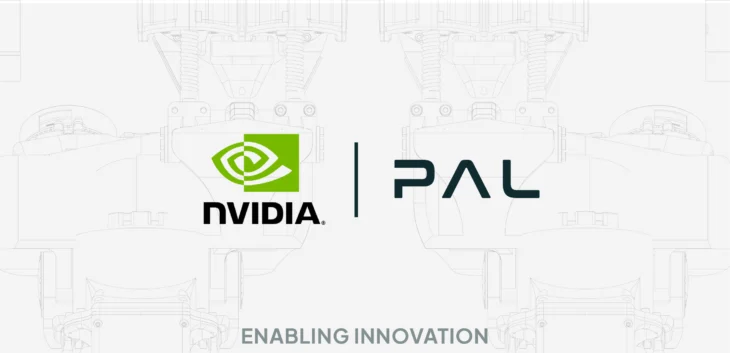Project mission and PAL contribution with Stockbot
PAL Robotics has recently collaborated as part of a team helping develop state of the art robotic safety procedures for robots in public spaces, with the European Union COVR project, which stands for “being safe around collaborative and versatile robots in shared spaces.” Here we tell you more about the goals and pilots in advancing safety for collaborative robots (cobots) in this project.
Cobots, or collaborative robots, are robots intended to interact with humans in a shared space or to work safely in close proximity. Cobots stand in contrast to traditional industrial robots which are designed to work autonomously with safety assured by isolation from human contact.
Robots or cobots are becoming increasingly common in public spaces – which are unstructured and unpredictable environments. However, in general, more extensive risk mitigation connected with safety in these environments is needed in order to promote more widespread use of collaborative robots (cobots) in public spaces. The aim of this ongoing project is to contribute to the safety validation of cobots in crowded spaces, operating close to people and targeting the core of what makes mobile robots unique.
Read the interview with Séverin Lemaignan on social robots and human bonds.
During this project, COVR is producing a toolkit for companies to determine how to test and validate safety for their collaborative robot application or component, as well as developing tests for companies to perform on robots to validate safety. COVR is working with robot and components manufacturers, system integrators and end-users to provide value and safety procedures in all stages of cobot adaption.
Project mission and pilots in multiple countries
The project is focused on increasing safety for collaborative robots enabling new applications, which in turn aims to increase production of robots using the latest technologies. The project mission is also to significantly reduce the complexity in safety certifying cobots and increase safety for all robots sharing space with humans, by applying skill-based testing across robot domains. It is recognised that safety regulations must also be easy to access, understand, and apply.
The project includes optional pilots at laboratories in Denmark, Germany, The Netherlands, France and Italy, for companies to test cobot systems while being assisted by experts at the laboratories.

PAL Robotics participated in the project during a nine-month period which included two key project milestones. We participated in the project using our retail inventory automation robot, Stockbot and testing it at our facilities. The project included safety procedures for robots in the retail domain and PAL Robotics contribution was to use Stockbot as a use case to help to improve the protocols on safety in this field. StockBot participated in various studies including:
- Empirical data collection modelling ( included the description of the empirical data collected for the modelling of both the environment and the people interacting with the robot)
- Risk mitigation measures and experimental safety validation plan (included an analysis of the risk mitigation measures proposed by the COVR toolkit, and also an analysis of the possible dangerous situations that StockBot could encounter in the retail domain)
- Testing activities and protocols (description of the definition of the testing protocol procedure and infrastructure to validate and benchmark the robot used in the retail domain).
As well as reducing the complexity in safety certifying cobots, it is hoped that this project will aid the progression of robots operating in crowded spaces with lots of people.
COVR is led by Danish Technological Institute (DTI), Roessingh Research and Development (RRD), The French Alternative Energies and Atomic Energy Commission (CEA), Fraunhofer IFF and The National Research Council (CNR).
In addition to the COVR project, PAL Robotics works on many EU-funded projects covering areas such as Artificial Intelligence (AI), smart cities and factories of the future.
We are always on the look for new potential partners, to find out more about EU funded projects or request information, visit our collaborative projects webpage and don’t hesitate to get in touch with us and to read more, do not hesitate to follow our blog page!


